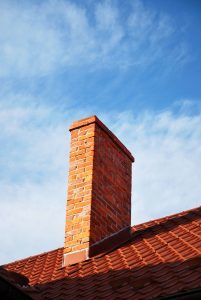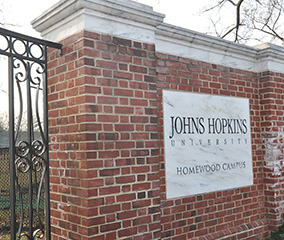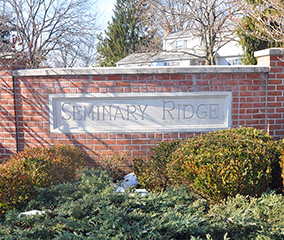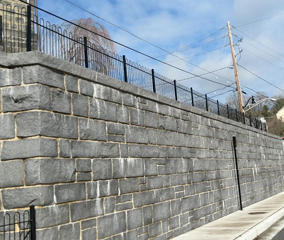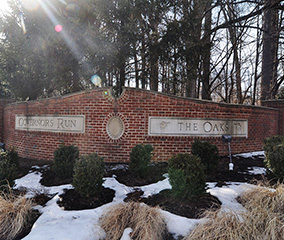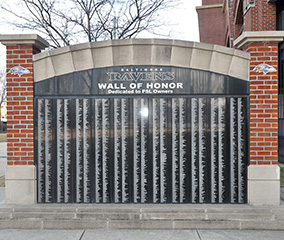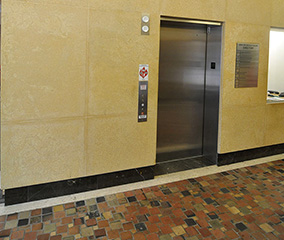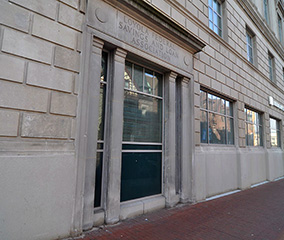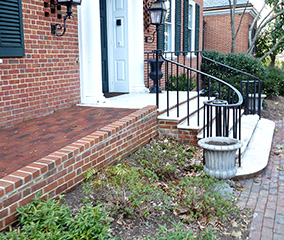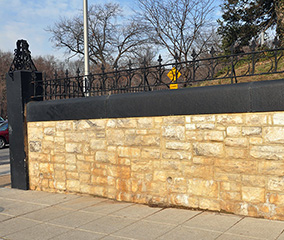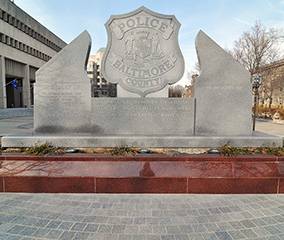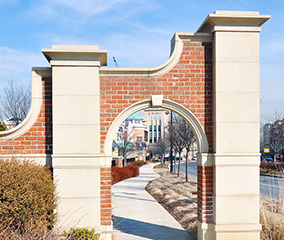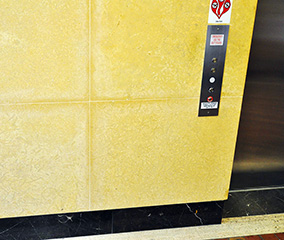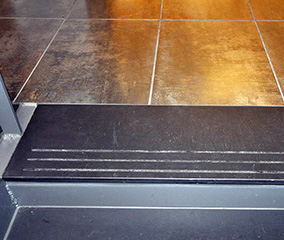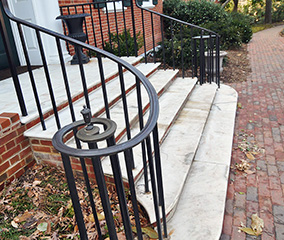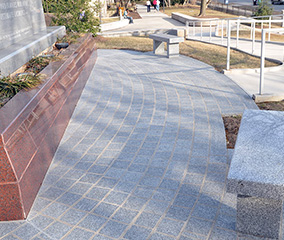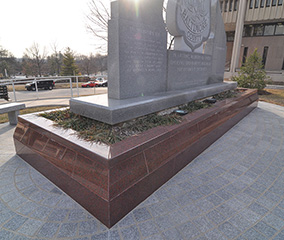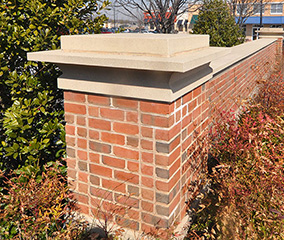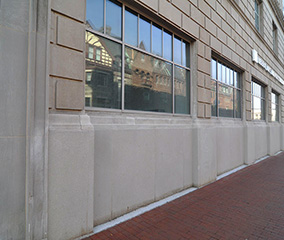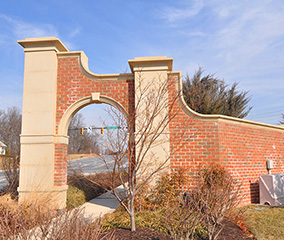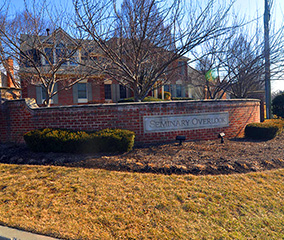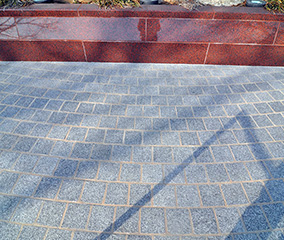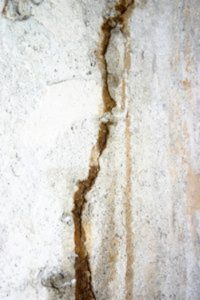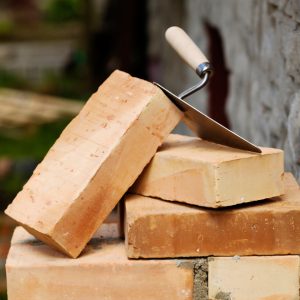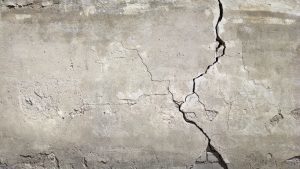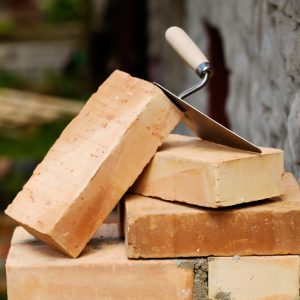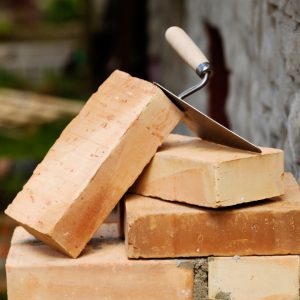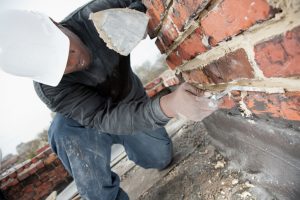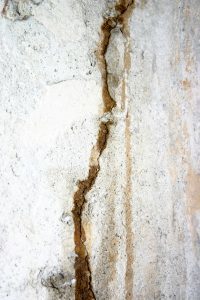
Masonry cracks may seem minor at first, but they can expand and become a big, costly problem.
Even the most well-made masonry can occasionally crack, and while most of us are content to leave a few seemingly cosmetic issues, it’s important to repair any cracks as quickly as possible. Even the smallest masonry cracks can lead to serious, costly repairs down the line. Why not take a few precautions and save yourself some time and energy in the long run?
Small Wall Cracks
If you have a wall crack of less than 1/16th of an inch, your fix is fairly simple. After carefully cleaning out the crack, use a gel or cream adhesive with either butyl rubber or silicone rubber. These are sold at most hardware stores in tube format labeled as caulking compounds. Using a small brush with stiff bristles apply the caulking mixture straight from the tube, using the brush to ensure that the entire crack is filled.
Medium Wall and Driveway Cracks
When you have a larger crack or one that is frequently walked on, caulking is not the best option. Caulking in high traffic areas can result in the caulking getting disrupted, making it a less than optimal repair method. For these repairs you’ll need to pick up patching cement, which is made from a mix of cement, sand and is reinforced with vinyl. This type of cement is typically sold as a powder to be mixed with water. When applied in layers, this will perfectly patch narrow cracks.
Large Wall Cracks
In the event of a large wall crack, you may want to contact your masonry company for professional help. You will want to ensure your wall is still in serviceable condition before putting forth the effort of patching it. Large cracks can be repaired easily enough, however you’ll want to make sure it’s not indicative of a larger problem before you patch it. Once you’ve had it looked over, you can pick up some sand-patching cement to begin your repair. It’s important to note that areas patched with this method need to be over a half inch deep and of a significant size. To start, clean out the area of the crack. You’ll want to chisel out the interior, removing any crumbling areas, while making the interior wider than the opening so that the cement can get a better grip. Make sure to remove any dirt and dampen the crack before applying the cement.
Large Pavement Cracks
When it comes to large masonry cracks in driveways, steps, or pavement a mix of simple powdered concrete is all you’ll need to make the repair. Simply mix the concrete according to the directions, pour it into the cracked area and use boards or etc. to hold it in place as it hardens.
For All Your Masonry Needs Look To Del Prete Masonry
If you need help fixing cracked masonry, Del Prete Masonry has the experience and expertise to get the job done right for the right price. To explore our residential and commercial services and set up a consultation, please give us a call at 410-683-0650 or contact us online. We currently serve Baltimore City and County, Harford County, Carroll County, Anne Arundel County, and Howard County. To see examples of our work and get more updates, follow us on Facebook, Twitter, Google+, and Pinterest.
